There are no second chances in life, but there are in manga — think A Distant Neighborhood, Erased, and orange. The latest entry in the second-chance sweepstakes is Again!!, a dramedy about Imamura Kinichirou, a loner who tumbles down a flight on stairs at his high school graduation and wakes up on the first day of freshman year. Doomed to repeat the worst three years of his life, Imamura impulsively signs up for the school’s ouendan, but quickly runs afoul of prickly captain Yoshiko Usami, whose dedication to the struggling club proves more deterrent than draw for would-be members.
Imamura isn’t the only time-traveler; joining him on his temporal odyssey is Akira Fujieda, a perky classmate who also tumbles down a flight of stairs at graduation. Unlike Imamura, Akira greets this development with enthusiasm, but her fond memories of high school make her too quick to assume that everything will unfold the same way twice: she propositions her not-yet-boyfriend too boldly (he turns her down) and dismisses a would-be friend’s taste in music. (“It’s too bad Cara Mana broke up so soon,” Akira declares. “It didn’t take me long to get sick of them, though, since all their songs sort of sound the same.”) Crushed by the double rejection, Akira becomes Imamura’s reluctant ally in the quest to restore the ouendan to its former glory.
Whether you cotton to Again!! depends on how you react to the principal characters. I found Usami’s fierce commitment to tradition exhausting; she bellows, belittles, complains, accuses, and sobs, but seems fundamentally unable to have a normal conversation. Her bluster is meant to suggest her sincerity and vulnerability, I think, but has the opposite effect, reducing her to a one-note character. More convincing is Imamura, who decides that a do-over isn’t as terrible as he’d imagined. (I particularly enjoyed his nonchalant turn at the board in his math class; his classmates’ reaction to his display of mathematical acumen is priceless.) Imamura even flirts with the possibility of a social life: when the girls’ cheer squad mobilizes against Usami, for example, Imamura conspires with Akira and Reo, a pretty classmate, to undermine the cheerleaders’ plan.
Akira, too, is a pleasant surprise, a busybody who’s suddenly relegated to the margins of freshman life. Though her sense of the school’s pecking order remains unchanged, she can’t resist the opportunity to advise the once-lowly Imamura on how best to manipulate the cheerleading squad — it’s her chance to demonstrate her expertise, and perhaps to reclaim her former Queen Bee status by engineering a major social coup. As one might expect, Akira gets the sauciest lines, but she also learns the hardest lesson of the three principal characters: serendipity plays as big a role in popularity as personality and looks.
Mitsurou Kubo’s art plays a vital role in helping us understand Imamura and Akira’s predicament. In the first two chapters, Kubo does an excellent job of distinguishing past from present with subtle details: Imamura’s mom, for example, is a little plumper, while Akira is shorter and less physically developed. (Akira realizes something is amiss when she realizes that her breasts are smaller.) Equally impressive is the care with which Kubo reconstructs the same sequence of events that precede the time jump, showing us Imamura’s memories of the day and then Akira’s. Here again, it’s the little details — a snippet of conversation, a minor change in hairstyle — that convey whose perspective is represented, and how that character’s personality influences what we’re seeing and hearing.
Kubo’s facial drawings show the same degree of meticulousness as her handling of the time travel sequences. Her reaction shots do more than just capture a character’s immediate response to a new development; they convey the emotions and experiences that underlie that reaction. Consider this split-screen image of Imamura:
This panel appears at the end of chapter one, as Imamura stands at a temporal and figurative crossroads: he can change his future by joining the ouendan, or recede into the background and be a loner once again. Imamura’s furrowed, sweaty brow and crestfallen expression capture his sense of helplessness; he has the look of someone who’s actively reliving a terrible experience moment by moment, contemplating the real possibility that nothing will change the second time around.
It’s this level of nuance that makes Again!! worth reading, even when the plot mechanics are creaky and the characters too strident. Watching Imamura forge new connections on his own terms is both funny and poignant, a reminder that we always have the potential to change our destiny, even when it seems preordained. I’m curious to see how Imamura and Akira grow and change, and how their behavior influences the future. Count me in for volume two.
AGAIN!!, VOL. 1 • STORY AND ART BY MITSUROU KUBO • TRANSLATED BY ROSE PADGETT • KODANSHA COMICS • 208 pp. • RATED TEEN (13+)
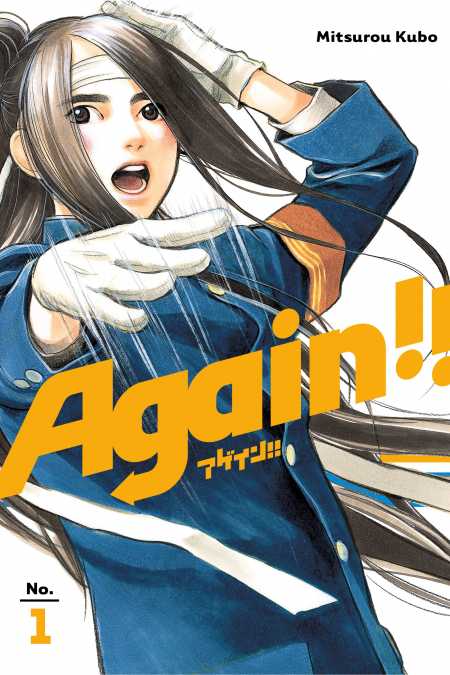
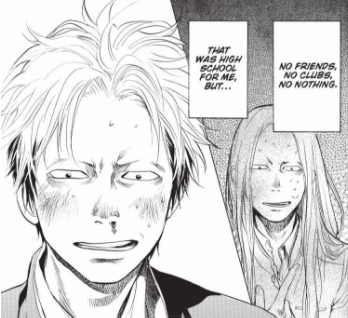
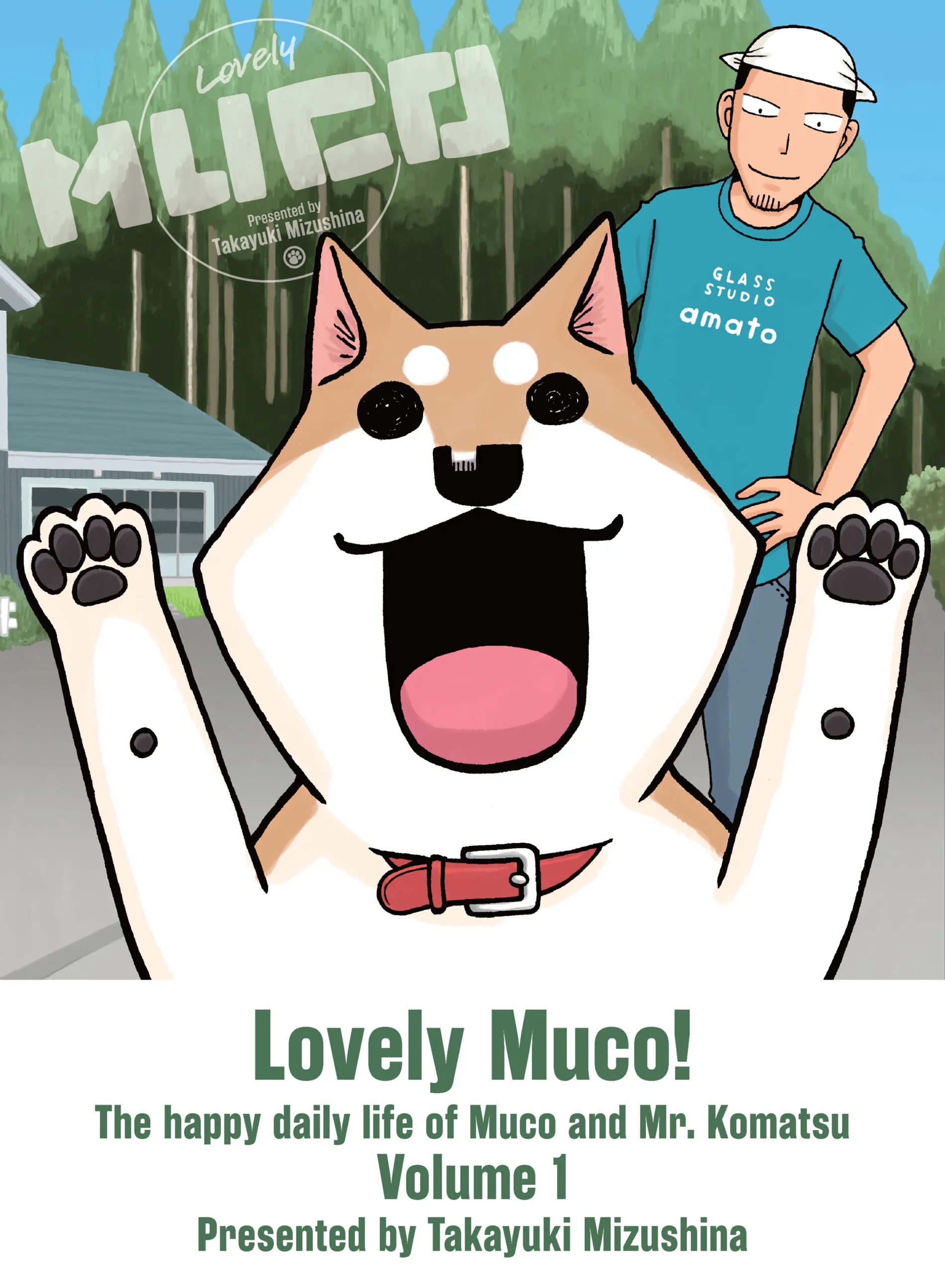
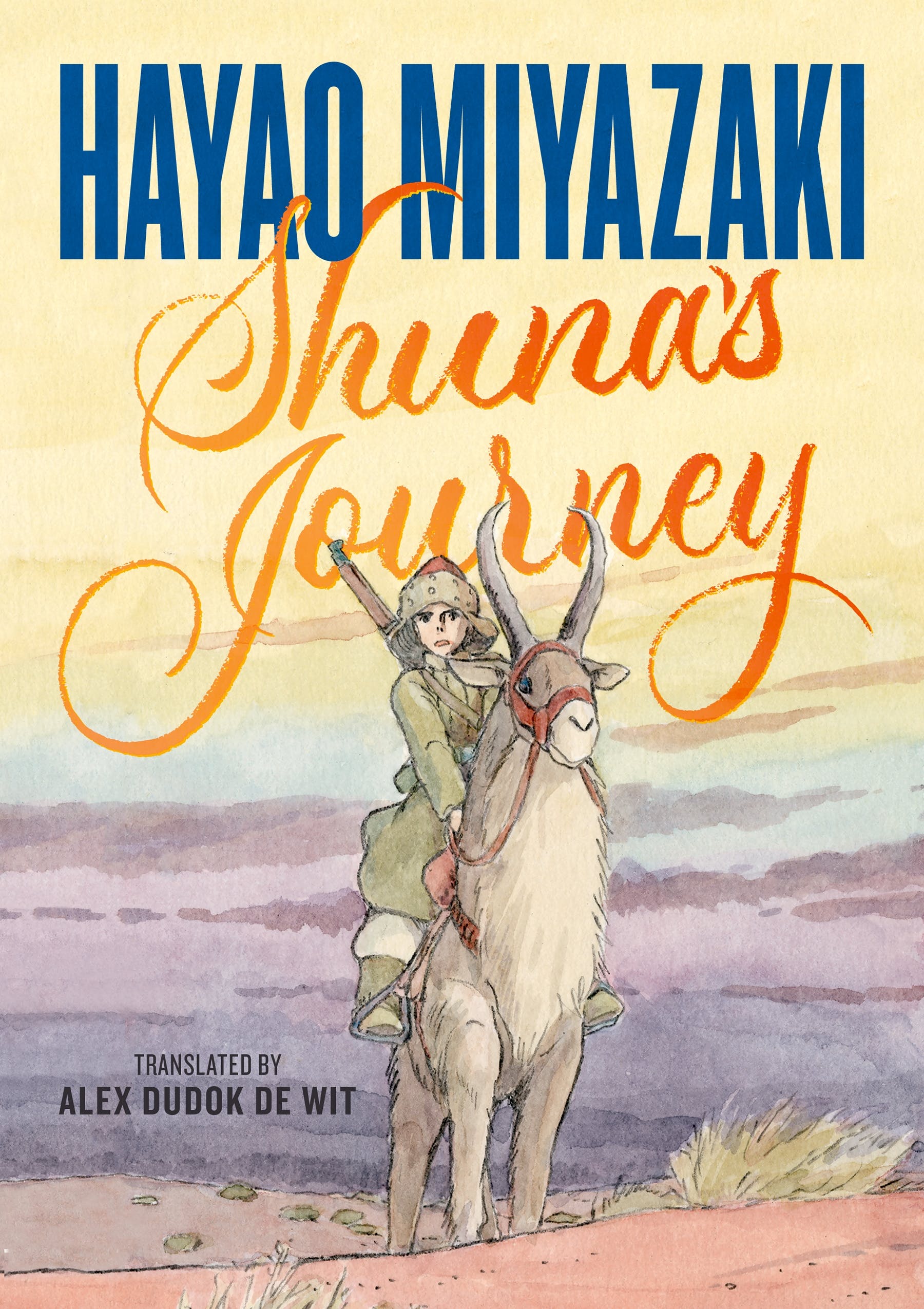
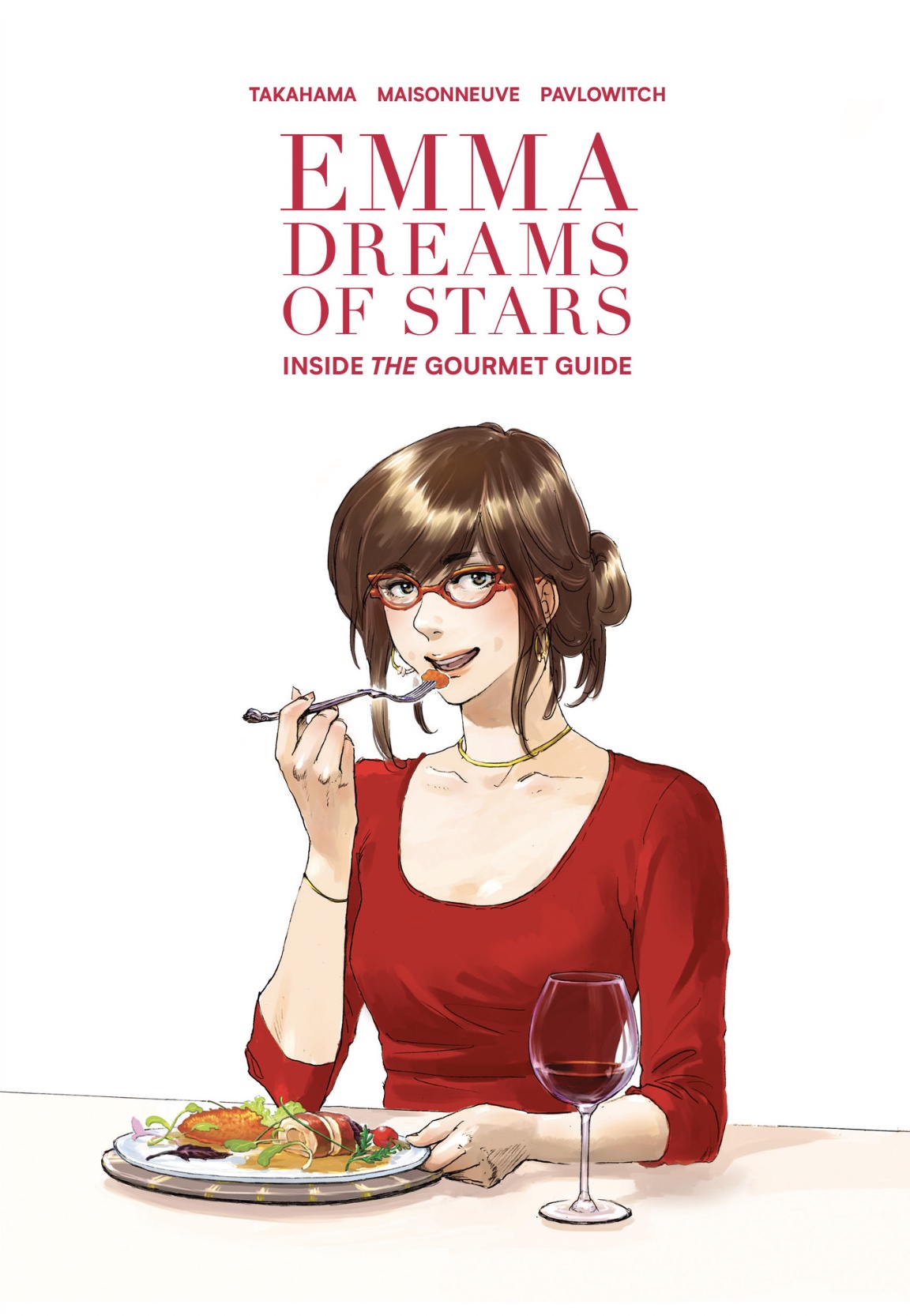
Aaron says:
Harridan I actually had to look that word up synonyms for it include Fishwife, Termagant, and Virago. This series sounded interesting mostly because of it’s connection to ouendan (something I’ve always had an interest in since I first read about it in Azumanga Daioh).
But between the overused “second chance at life” trope which has been used in series as varied as Paradise of Innocence and A Distant Neighborhood to name two other titles. Along with the fact that Mitsurou Kubo was the original creator and did Original Character Design of Yuri on Ice being a perceived selling point.
A series I had no problem with to a point but it’s oversaturation in some circles simply leaves me burned out especially since Again!! Begin serialization in 2011 and wrapped in 2014. Years before the TV series but I understand it has a cult following and you have to market a title somehow I am simply not part of that cult.
Although it does vaguely strike me like how Lu Over the Wall and The Night Is Short, Walk on Girl where marketed by some in The States by advertizeding the fact that Masaaki Yuasa had been Director, writer and storyboard artist for the season 6 episode of Adventure Time “Food Chain.” Despite the fact that he had critical acclaim with titles like The Tatami Galaxy and Ping Pong and the intended audinces being vastly different.
Or as someone else said it would be like trying to market Neon Genesis Evangelion by selling it as “from the Key Animator” of Kaze no Tani no Nausicaä.
But that is more of a macro-criticism about marketing than the work in question which I’m sure I’d probably enjoy if I weren’t trying to cut back on the number of series I’m following for various reasons.
Katherine Dacey says:
Hi, Aaron!
I can understand the resistance to Again!!; I’ve had a similar reaction to the marketing blitz for other series. On the other hand, it’s hard to imagine Kodansha downplaying the creator’s ties to Yuri on ICE!, even if interest in the show peaked with the Winter Olympics.
BTW, I actually revised the review, as “harridan” carries the connotation of “being or seeming like an old woman.” I decided that word was too loaded — maybe sexist, even — and just let my observations speak for themselves.
Aaron says:
Ok, I’d never heard the word “harridan” used before this review I wouldn’t fret too much about the perceptions of others, you know yourself better than anyone and as long as you feel you did the right thing whatever editing you do is just fine.
It’s when you start to fear the opinions of others or self-censor out fear of violating an ideology is when you should get worried. I myself don’t really care what other people think. If someone sees fit to impute bad faith motives or negative things to my writing that is on them.
I can’t really blame Kodansha either it just feels desperate like they are trying to hook people in and have no real confidence in the work it’s self